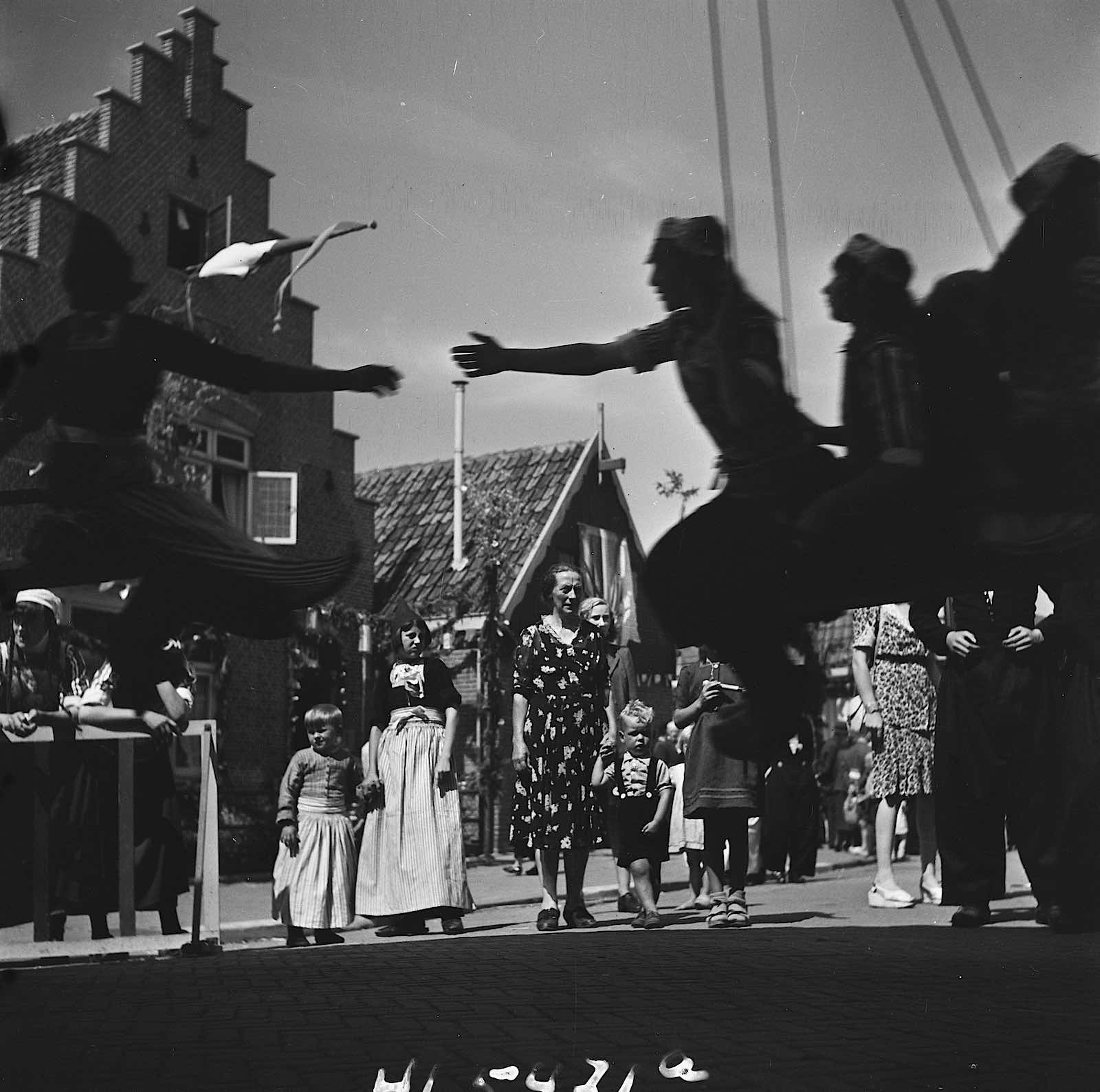Emmy Eugenie Andriesse (1914 – 1953)
Dutch Humanist photographer
Born into a Jewish family in 1914, Emmy Andriesse studied advertising design at the Academy of Fine Arts, in The Hague. Here, she was trained in the ‘New Photography’, and in using photographs in posters, advertising, and as a documentary and political tool in the press. Her black and white Rolleicord work was diverse, ranging from street photography to portraits, reportage to landscapes. Emmy usually captured people in carefully composed, unsentimental portraits.
With the outbreak of the Spanish Civil War, Emmy joined the anti-fascist Aid to Spain Committee, coming into contact with reportage photographers such as her contemporary Eva Besnyö (1910-2003). She also worked in Paris in 1938 and photographed foreign students and immigrants on the streets.
After returning to Holland, she excelled in producing graphic design work and advertising, but when photography was banned in 1941 by the Nazi occupation, she began working secretly with De Ondergedoken Camera, the Underground Camera group. Her clandestine street photos of Amsterdam from this time, made illegally under very difficult conditions, include Boy with pan, Amsterdam, Winter and The Undertaker. Her work is a powerful record of the misery of the “Winter of Hunger” of 1944-1945 and the jubilation of liberation and the aftermath of war.
After the war, Emmy went back to reportage and fashion photography. Her beautifully observed 1947 series shows people in London’s streets, houses and parks. She participated in group shows at Amsterdam’s Stedelijik Museum, namely Foto ’48 and Photographie, in 1952. Her 1947 portrait of an elderly Dutch couple was chosen for the touring Museum of Modern Art The Family of Man exhibition (1955) which was seen by over 9 million people around the world
Her major post war projects included a series of portraits of artists in their studios commissioned by the Stedelijk Museum in 1948 – 1949, and a book on Van Gogh, which was published posthumously.
Her archive of negatives, contact albums, notebooks and photographic prints is held at the University of Leiden Special Collections Library, and the Stedlijik Museum also holds a large collection of her work.
By Paula Vellet
Photos: Public domain:
Volendam, 1945
Rijksmuseum, rehanging of Vermeer’s Love Letter, July 1945
Moma
Stedeliijk
Giacometti
Arnhem
Drie Vissers achter net, 1939
London
Paris
Her Books
Beeldroman 1956












